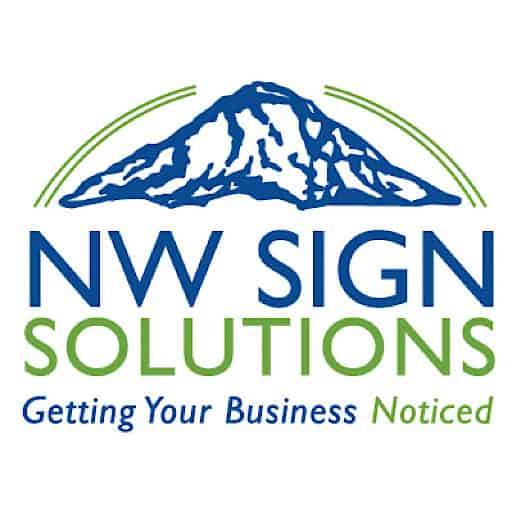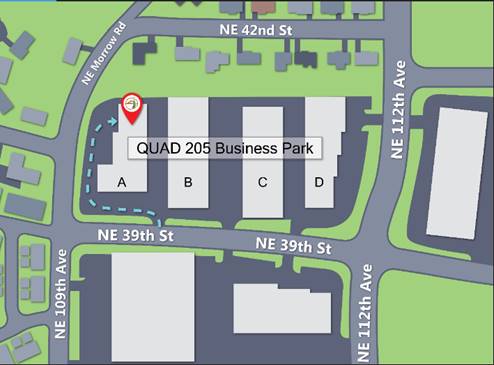A Brief History of Signage
Signage has been used for centuries to communicate messages, directions, and information. While the technology behind signage has changed drastically over time, its purpose remains the same—to inform and direct people. Let’s take a closer look at the history of signage and how it has developed into what we know today.
Signs have always played an important role in everyday life regardless of the era or culture being studied. From guiding us safely through a town or city to helping us understand how certain products work and where they can be found in stores, signs help give direction and clarity.
Signage, which is the use of signs and symbols to communicate a message visually, has been around since ancient times. People used natural elements such as wood and stone for the first signs. Later on in history, during the 18th century, visual graphics were used more widely to create signage.
Modern technology, however, has changed the history of signage significantly. Plastic signs stand up to the elements, electric signs with fluorescent tubes light the way at night, and neon signs add a bit of spice to a wide variety of signage found in the windows of any number of businesses.
Signage is ubiquitous in our lives today; it’s everywhere we go. It has become an integral part of everyday life and helps us navigate through even the most complex situations with ease. From signage designed to inform us about upcoming events to keeping us safe on roads and highways, signage plays an invaluable role in our lives today.
Signs in Ancient Times
The earliest signs were created long before electricity or modern telecommunications were invented. In ancient times, signs were used by merchants to advertise their goods and services as well as by rulers to convey laws or proclamations to the public.
As civilizations grew more complex, so did the use of signage for everything from maps to road signs. In fact, some of the earliest road signs can be traced back to Roman times when milestones marked distances traveled along roads and provided guidance for travelers.
History of Signage: The Middle Ages
Near the end of the 14th century, English law was changed by King Richard II requiring all establishments that brewed ale for purchase to hang a sign. This made it easier for inspectors to recognize the places to ensure a quality product. France enacted similar laws in the 6th century.
These signs began to grow in size, protruding from the front of the building on often ornate metal standards. In some cases, the size of the signs became so large it became difficult to navigate, forcing new laws that regulated their size. Eventually, signs moved to the exterior walls of the structure.
While commercial enterprises became more prevalent, the ability to read didn’t necessarily follow suit. So many signs used images to grab attention–some may call this the first attempt at establishing branding for these shops. A sign industry was born as artists were hired to provide more inviting and attractive signage in the 19th century.
Changes in Technology
As technology advanced over time, so did signage. Starting with the invention of the printing press in 1439 to advances in lighting such as neon tubes in the early 1900s, new technologies allowed signage to become more visible and sophisticated. The invention of television further increased visibility with larger screens that could be seen from farther away.
As interstate travel between major cities became more prominent, illuminated signs became necessary to show weary travelers where they could get a meal or a place to spend the night.
This enabled businesses to broadcast advertisements on a much larger scale than ever before. Then came the internet which revolutionized communication yet again by introducing digital displays that can be updated remotely with just a few clicks of a button.
History of Signs: Modern Signage
In recent years there has been an abundance of advancements in digital signage technology. Digital signs allow us to customize messages quickly and easily, making them perfect for advertising purposes. This technology has allowed businesses to reach their target audience more effectively than ever before.
In addition, digital signage can be used in a variety of different ways such as displaying interactive maps or menus in restaurants. The signage industry has been providing wayfinding solutions at airports, and even providing emergency information during natural disasters. We can be sure that as technology continues to progress, so too will the way we use and create signage.
The Role Signs Play Today
Today, signs play an integral role in everyday life from providing directions on highways and streets to helping shoppers find what they are looking for at stores and malls. Signs also help us find our way around cities and towns thanks to street names and directional markers posted throughout communities near landmarks or points of interest like parks or museums.
Additionally, digital signs are becoming increasingly popular because they can quickly update viewers on news stories or special offers that may be available within specific areas or locations.
Signage has come a long way from its humble beginnings when it was first used thousands of years ago as a way to advertise goods or services or provide guidance on roads traveled by horse-drawn carriages. Nowadays, signage is just about everywhere you look—from billboards advertising products down highways to street signs guiding us around town.
Its use continues to evolve with new technological advances. No matter how far we’ve come since those early days when signs were first used by merchants and rulers alike, one thing remains true—signs still provide vital information that helps us navigate our world every day!




